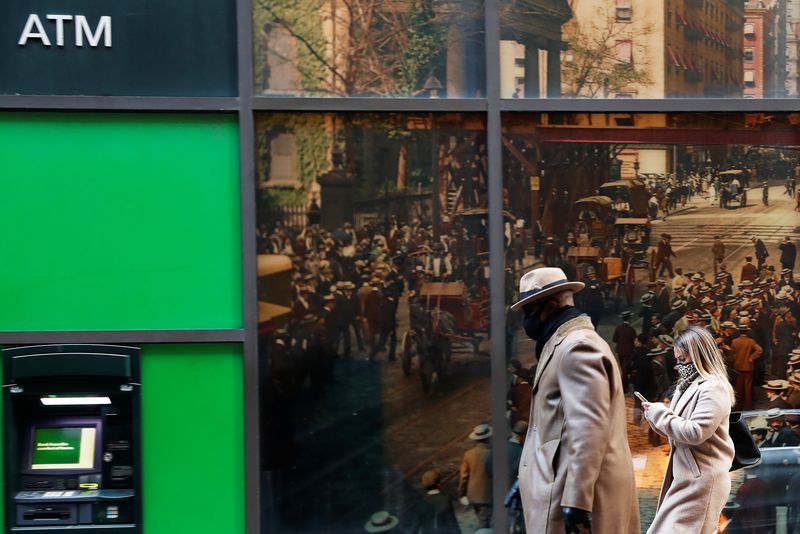By Lananh Nguyen
NEW YORK (Reuters) - The opening of new U.S. bank branches is leaving behind minority communities despite racial equality pledges from lenders, according to a study released Thursday by the Committee for Better Banks, an advocacy group.
The 14 largest U.S. consumer banks opened 4,130 new branches from January 2010 to December 2021, the group wrote, citing data from the Federal Deposit Insurance Corporation (FDIC). Of the new locations, 61% were located in upper- or middle-income, predominantly white neighborhoods, while only 15% of new branches were opened in low- to moderate-income minority communities. Upper-income minority communities accounted for only 6% of the new sites.
"We absolutely think it deserves more scrutiny," said Nick Weiner, a committee organizer who was the lead researcher for the report. "Coupled with the alarming speed of branch closures during the COVID-19 pandemic, the disparities in branch openings raise critical questions about equitable access to key banking services," he said in a statement.
The study also mapped out openings in major U.S. cities. It found New York had the most over the 11-year period, with only 15% in minority or low- to moderate-income areas. Similar patterns were evident in Chicago, Boston, Dallas, and Houston. In Minneapolis, no banks opened in middle- or upper-income minority neighborhoods.

The committee is a coalition of bank workers, community and consumer advocacy groups and labor organizations.
"My job is to help customers and set them up for financial success," said Tasia Barnes, a Wells Fargo (NYSE:WFC) branch banker in Fort Myers, Florida, who handles a broad array of services, including account openings, loan applications and fraud claims. "It requires face-to-face conversations and human connection that can only happen in a physical banking environment."